This sixth installment of our How-to series is the first in a sub series of articles where we take a closer look at the electronics found inside .strandberg* guitars and get acquainted with the electrified side of things. After all, where would some of our most revered guitar tones be without it? No matter the level of musicianship, there are both practical and tonal benefits to be had for the player prepared to learn about what’s really going on inside their instruments.
Perhaps the most common topic of discussion, beside wood, construction, amplification, effects, strings and your fingers when it comes to electrified guitar tone concerns pickups and for good reason. The pickups are after all responsible for translating all the nuances of your playing from vibrations into electric current for amplification purposes. There are a couple of famous basic pickup types and virtually endless variations of each type available on the market. In this article, we’ll be focusing on the types found on .strandberg* guitars even though there are of course many others out there. Let’s begin by talking about what a guitar pickup is and what it does.
Basic construction
Traditionally, most electric guitar pickups are inductive sensors consisting of one or more coils coupled to one or more permanent magnets that induce a current whenever their magnetic field is “disturbed” by another magnetic source, like a guitar string. The behavior of the signal current will be determined by all factors involved including the wire of the coil, the design of the coil, the magnet(s), the properties of the string, the way that the string is played and the personality of the guitar in which it is mounted. No factor is solely responsible for the sound that reaches your ears. All parts of the equation need to be considered when chasing tone.
That being said, there are characteristics that can be considered synonymous with well-known pickup designs and provide some usable information as to their expected performance.
Common types of pickups
Pickups that consist of a lone coil coupled with magnetic pole pieces or a bar magnet is often called Single coil pickups. Such designs typically provide a clear and articulate tone while also being sensitive to outside magnetic interference and usually produce notable noise and hum, especially when used with distortion. This type of pickup can be found on several .strandberg* guitar models within our Fusion, Standard and Classic product lines among others. Pickups that consist of two side-by-side mounted coils on top of a bar magnet is the archetype of a humbucking pickup. Such pickups are usually more resistant to noise and magnetic interference compared to Single coil pickups while also providing a more powerful, darker and fatter sound. This type of pickup can be found on the majority of .strandberg* guitar models.
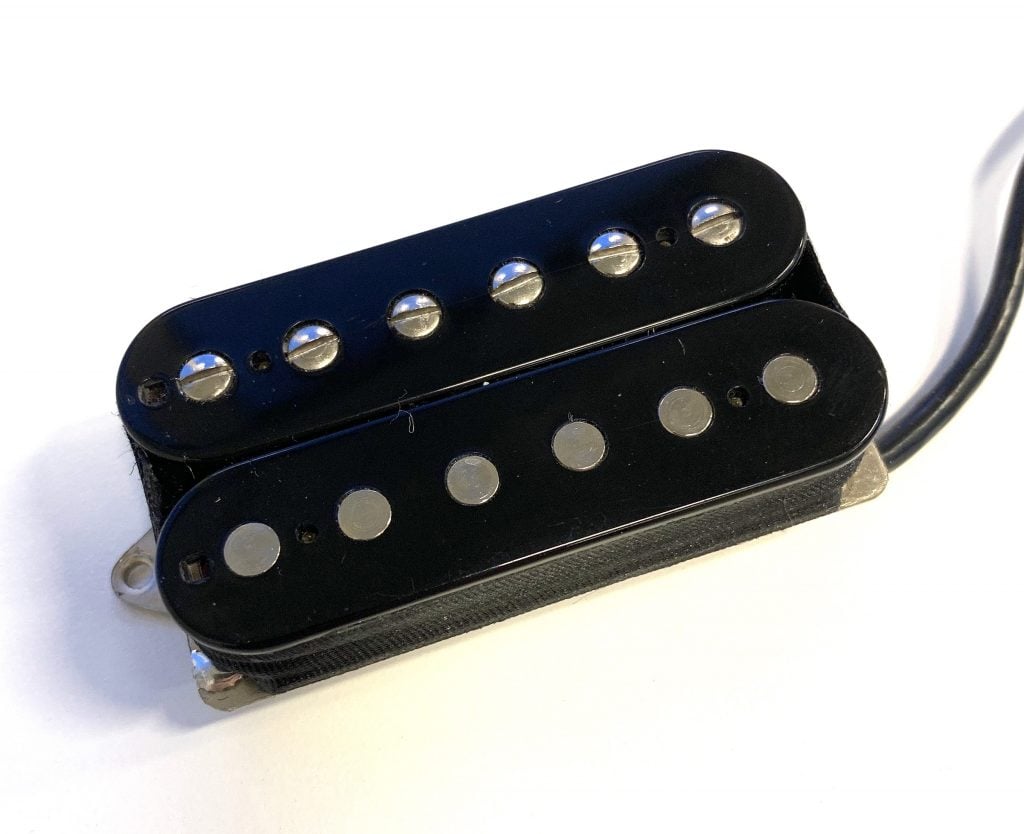
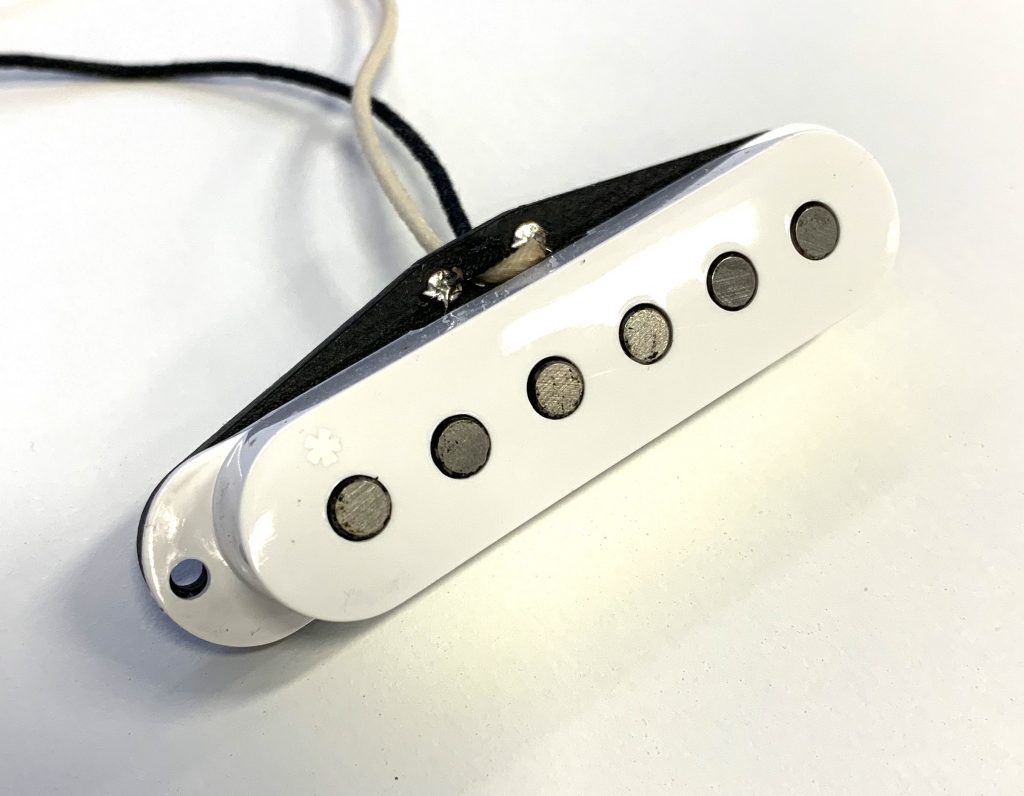
Honorable mentions include noiseless single coil pickups where the design of the pickup aims to reduce hum and noise while preserving single coil tonal characteristics and single coil sized humbuckers where the design of the pickup aims to deliver humbucker tone and performance in the physical shape of a single coil. Add this to other designs like P90’s, FilterTrons etc. and things quickly become confusing, but don’t worry. The intention is not to cover the history of guitar pickups in detail, but instead provide general and useful information that will help the players make conscious choices in chase of the perfect guitar sound. Beside different coil constructions, there are also active and passive pickup designs, which means that one of them runs on power and the other one does not. This has nothing to do with the pickups themselves being single coils or humbuckers, but active pickups have active electronics built into them to alter their performance and passive pickups do not. Both types can be found on guitars in the .strandberg* lineup. Despite typical behavioural characteristics, there are virtually endless possibilities of shaping pickups by employed design and understanding what result to expect from a certain product is therefore harder than one might expect. Confusing, isn’t it? It will get worse but continue anyway as you will thank yourself later for being so persistent
Pickup properties
We have concluded that most guitar pickups consist of coils and magnets. This is still true, but what about their respective influence on the pickup’s tone and behavior? Are there other crucial physical factors as well? Sure, there is. Let’s continue by verbally dissecting their construction.
Magnets
Without a magnet (or magnets), a pickup will not work. The magnet used partially dictates what the pickup will deliver in terms of output, frequency balance and dynamics. The most common types are Alnico (Aluminium/Nickel/Cobalt) in the grades of 2, 3, 4, 5, 8 and Ceramic magnets. Each of these types have their own personality and will, in combination with other design elements, shape the character of the pickup. Magnets also come in a number of different sizes and form factors depending on pickup type. Most single coil pickups utilize vertically mounted rod magnets where every string has its own magnet, while most humbucking pickups are built around a horizontally placed bar magnet in conjunction with individual steel “slug” or screw pole pieces that sense each string. Each variation of shape, material, placement and mounting mean different magnetic properties and will respond differently to the movement of the string. Before getting carried away, we’ll talk about typical characteristics of the most common magnet compositions.
- Alnico 2 – This is the second weakest magnet in terms of output in this selection. The tone is concentrated in the midrange with softer treble response and a bouncy bass. This is a common choice for vintage sounding humbuckers where the goal is a soft and singing tone with moderate gain. These are also common in single coil pickups whenever a softer attack and more sustain is desired.
- Alnico 3 – The weakest magnet in the Alnico family and a good choice for low output and clear treble while sharing bass characteristics with Alnico 2. For example, Alnico 3 is good for building really clean and clear sounding neck pickups.
- Alnico 4 – Stronger than both 2 and 3, this magnet has perhaps the most even frequency response in its family and is a good choice whenever requesting a slightly more powerful vintage type pickup that really captures the guitar’s acoustic character without overcoloring it.
- Alnico 5 – A hugely popular magnet. Extended treble and bass together with strong output gives a clear and powerful sound with a fair amount of gain. A popular choice for hot wound pickups to avoid muddiness or vintage pickups when a strong treble presence is required. This is the kind of magnet that’s found in all Suhr, 6-string .strandberg* OEM and Fishman neck pickups in our current product line.
- Ceramic – This magnet is strong in output and quite even in frequency response with a tight and direct personality. A good choice if you desire pronounced attack, tight bass and an in-your-face midrange with lots of drive. This is the kind of magnet that’s found in all .strandberg* OEM 7 and 8 string pickups and Fishman bridge pickups in our current product line.
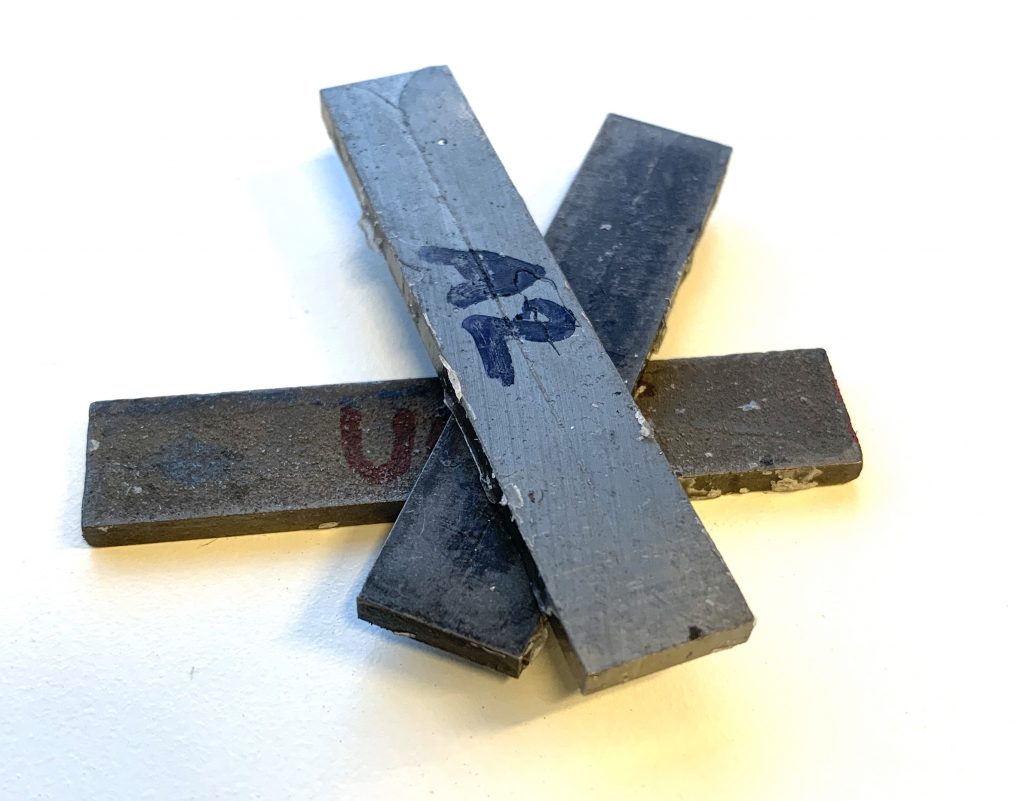
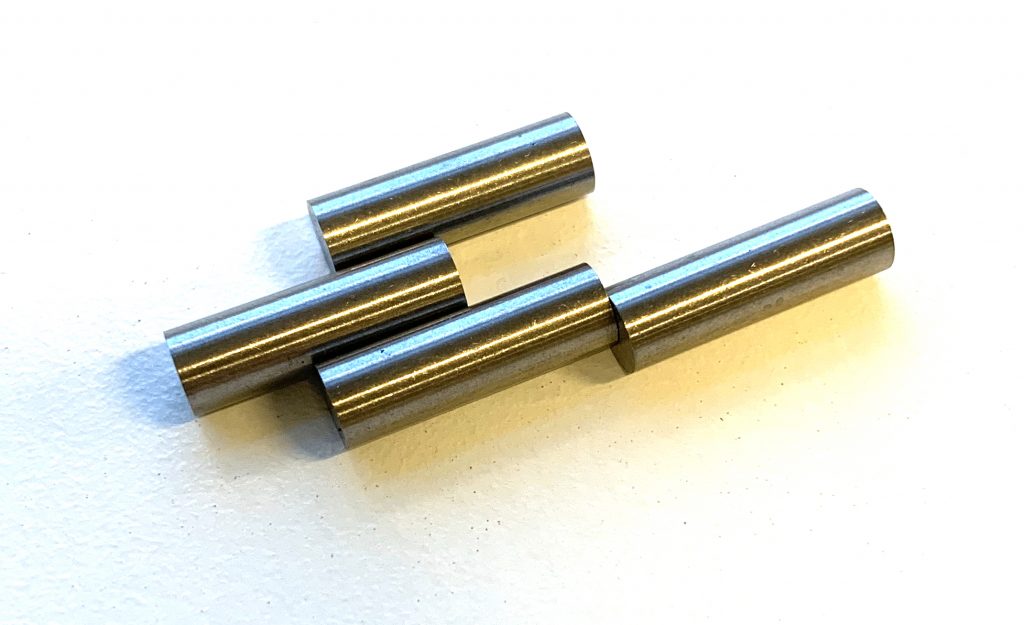
Beside chemical composition of the magnet, the material, shape and mass of the pickup pole pieces also make a difference. Sometimes, when humbuckers are concerned, the choice of pole pieces is the only difference between two available pickup models.
So many choices, what to do? The choice of magnet influences output level, frequency balance, playing dynamics and string behavior all at once which makes the matter slightly complicated. The key is to not focus too much on whatever was historically used in one context or whatever is commonly used in your genre of music, but instead think about what the choice will do for you and your playing. A weaker grade magnet is usually perceived as more dynamic and responsive to your playing style while also promoting sustain as a weaker magnetic field won’t pull as hard on the string and thus, not restricting it from moving freely. On the other hand, a stronger grade magnet gives higher output with a stronger attack and a higher level of perceived compression (less dynamics), which may come in handy for certain playing styles. Nothing beats first-hand experience and many seasoned players have some idea of their preferred magnet type for a certain pickup type, guitar and context. If you’re not a seasoned player, you will eventually gather enough experience to tell the magnet types apart and partially predict a pickup’s performance based on this piece of information. Generally, the pickup magnet is primarily responsible for dynamic properties and less responsible for frequency balance even though the different types most definitely have their respective tonal characteristics as well. It’s completely possible to build a very bright sounding Alnico 2 equipped pickup and a warm sounding Ceramic magnet pickup as well, but it’s profoundly hard to make one of them behave like the other in terms of dynamics. Always remember that your own perception of feel is crucial when playing guitar.
Wire, wind and the coil
Can the type of wire used in the coils really make a difference? Yes, most definitely. There are several types of wire material, insulation types, insulation thicknesses etc. that will all make a difference. Going into extreme detail with every aspect would likely be a little overbearing and for this reason, we’ll settle for gauge as the defining factor while keeping in mind this will not tell the whole truth. Generally speaking, the same number of wire turns on the coil with a higher gauge wire (for example 42AWG) will result in a brighter sounding pickup compared to a thinner wire that instead tend to emphasize midrange frequencies (for example 44AWG). The output of the pickup will increase with the number of turns, which often leads to a thinner wire being chosen when building higher output pickups as more wire is possible to fit on the bobbin (the skeleton on which the pickup is wound). Thinner gauge wire also has a higher internal resistance and will therefore give a higher total resistance reading when comparing the same number of turns with a thicker gauge wire. This mean that two pickups with the same number of turns may have different types of wire and thus sound completely different. This also mean that two pickups with equal total resistance in the coil (DC-resistance) may be constructed from different kinds of wire with a difference in applied wire turns and thus also sound different from each other.
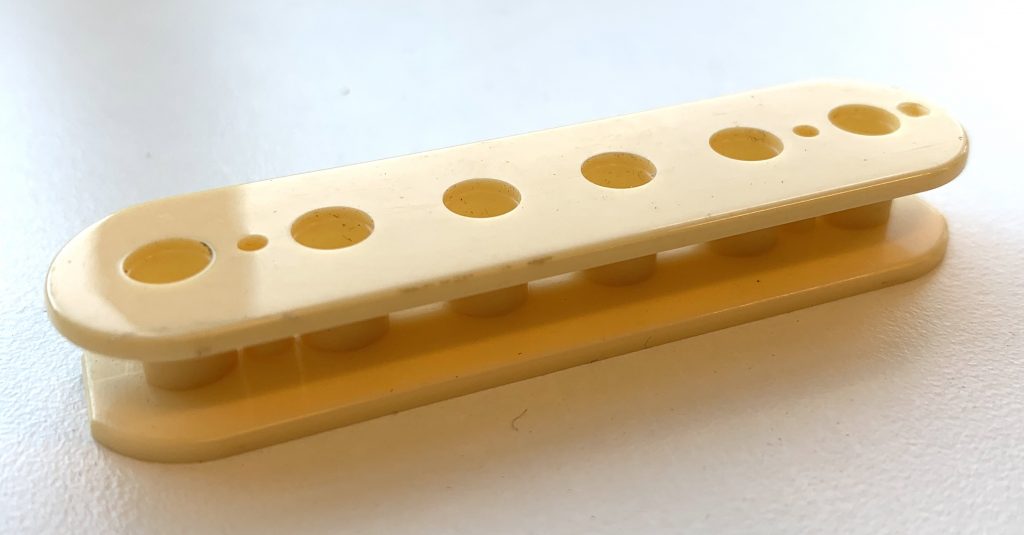
DC-resistance you say? Yes, beside the magnet type, dc-resistance is perhaps the most commonly used piece of technical information available when comparing pickups. The DC-resistance increase with more turns of wire and generally, a higher value indicates a higher output pickup. This is however a simplification of a more complex reality. The resistance reading of a pickup only really tells you about its output when comparing it to other pickups wound with the same kind of wire and with the same magnet strength. However, higher DC-resistance usually indicates a darker sounding pickup, which can be somewhat useful information. Just be careful not to draw too many conclusions on this number alone.
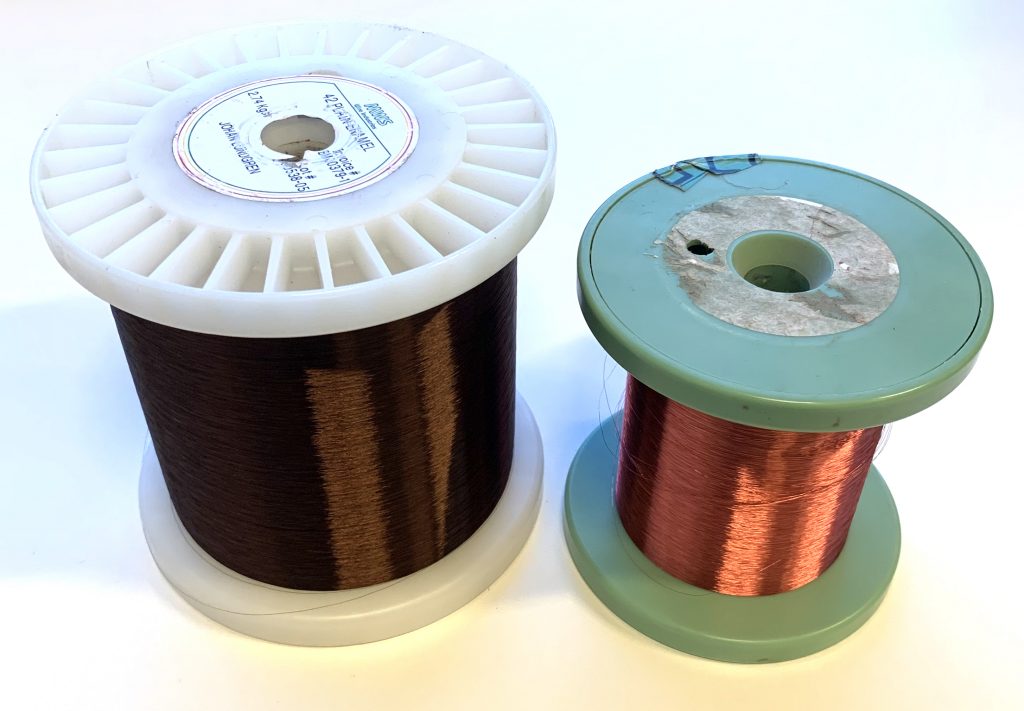
On the subject of wire and wind, resonance frequency is an often-overlooked piece of information that actually gives you an idea about what to expect. The resonance frequency is the frequency where the pickup resonates and concentrates its energy. This factor is loosely related to DC-resistance as the resonance frequency usually drops with higher resistance even though this is not in anyway a universal truth. A higher resonance frequency indicates a more open sounding pickup with clearer treble, while a lower resonance frequency indicates a less open tone with more concentration in the lower treble and higher midrange. As the lower treble and higher midrange frequency range is especially audible to the human ear (google it, this is not an anatomy article), pickups with a lower resonance frequency are usually perceived as punchier with a harder attack.
There are additional features in the construction of the coil that also have an impact on the tone of a guitar pickup. Winding technique often comes up for discussion, especially when the topic of machine winding vs hand winding is raised. Most commercially available pickups are symmetrically wound by machines with a high level of consistency from one pickup to another, while many boutique companies utilize some degree of manual wire guidance in their builds to achieve a particular outcome. The pickup itself have no idea whether it’s machine- or hand wound, and this is therefore not a usable piece of information when it comes to tone. What is usually embedded in the term hand wound is the process of scatter winding, which on the other hand is useful information. Scatter winding of pickups mean that the wire is applied in a pattern with some degree of asymmetry which affects capacitance (capacity to store electric current. Think guitar tone control/capacitor) and therefore frequency response. Scatter wound pickups usually sounds more open with a higher level of complexity in overtones compared to symmetrically wound pickups which is a revered quality in some vintage pickups. Scatter winding can be done in endless different ways which makes its impact on the tone hard to predict. A hand wound pickup can sound good or bad to you, which goes for machine wound pickups as well. If you desire a more open tone with complexity of overtones, choose a scatter wound pickup. If you require consistency and controlled overtones, choose a symmetrically wound pickup. Hand or machine does not make a difference as an isolated factor.
To reduce unwanted feedback, pickup makers have long practiced wax potting of guitar pickups. This mean that the coil (or the whole pickup) is dipped in a formula of liquids that later hardens and prevents the pickup’s individual parts from moving. Are moving parts bad, you may ask yourself? Bad would be the wrong word to use, but it will promote feedback with high stage volume levels and/or distortion. Way back in history, pickups weren’t usually wax potted, which some say is a crucial ingredient in a selection of legendary guitar sounds. Whether this is true or not will not be a subject of discussion in this article. Maybe it is and maybe it’s not, but one thing is for sure. Wax potting does help prevent unwanted feedback and is a procedure performed on all passive pickups found on .strandberg* guitars.
Active pickups don’t play by the same rules
Beside the common building parts, active pickups contain electronics to make them behave a certain way and this mean that they can partially ignore many of the physiological limitations described previously. If one wants higher output from an active pickup, the electronics can simply be redesigned without changing the coil construction and its properties. The electronics can also be designed to eliminate hum without changing the performance of the coil and magnet. This effectively mean that active pickups can combine features that are complicated or impossible to combine in a passive design. The most sought-after combination of incompatible features in guitar pickups is low noise, clear sound and high output. Single coil pickups have a clear sound, but have a hard time dealing with noise and create high output while preserving their typical sonic timbre. Humbuckers are better at dealing with noise and are well equipped to produce high output, but instead have a hard time producing a clean and clear sound. In active designs, many parts of the pickup’s character can be addressed individually and thus create a product with a set of hard-to-combine features. The electronics in active designs also usually have a lower output impedance that eliminates problems with treble loss when using guitar long cables, which is common in passive designs.
You might ask yourself why all guitars don’t come with active pickups since all of this sounds incredible. Modern active pickups are indeed incredible, but the guitar playing experience is so much more than just technological features. Perceived tone and response is highly subjective and some players find active systems to behave in a way that is not optimal for their playing style. You should always try as many different options as possible and decide for yourself. Only you will know what’s right for you.
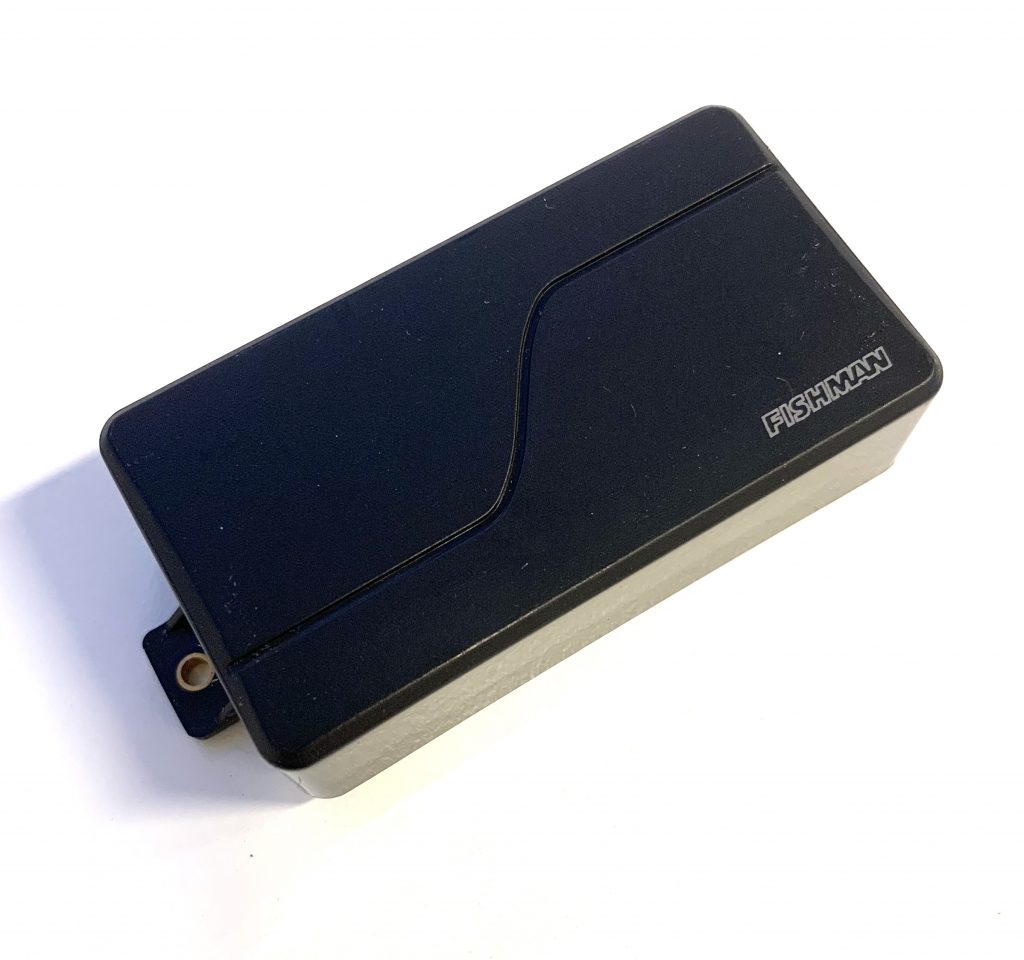
Stay tuned for part 2 “What pickups are right for me?”
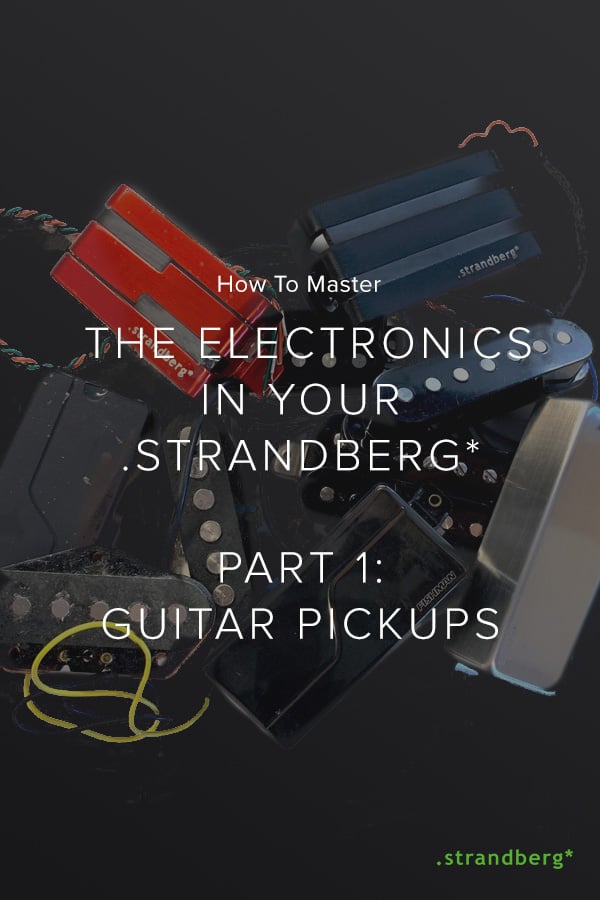
Pin this image to save this article.











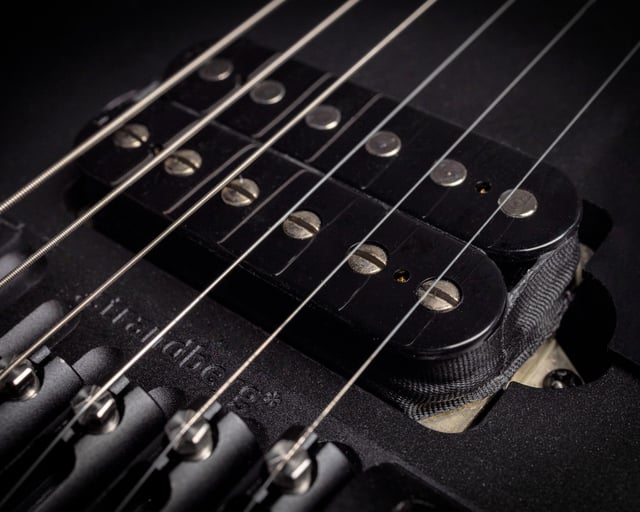


Share this: